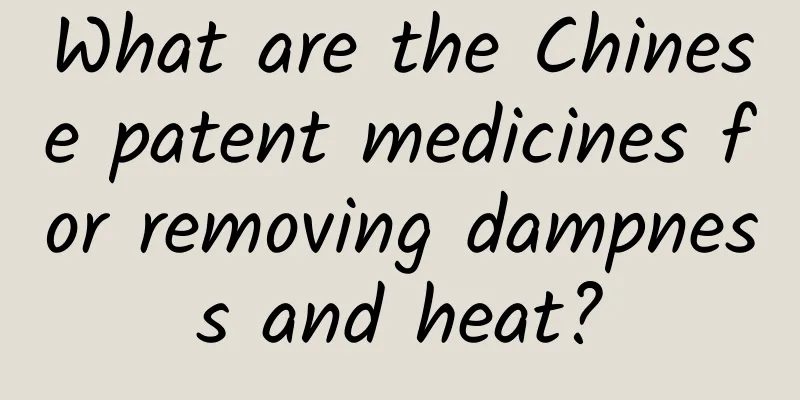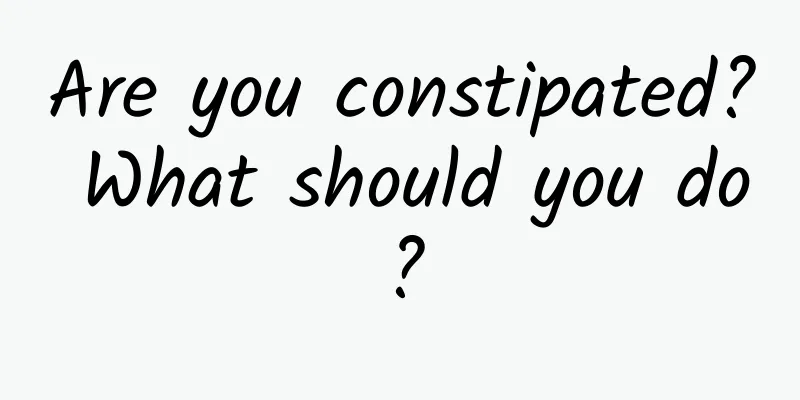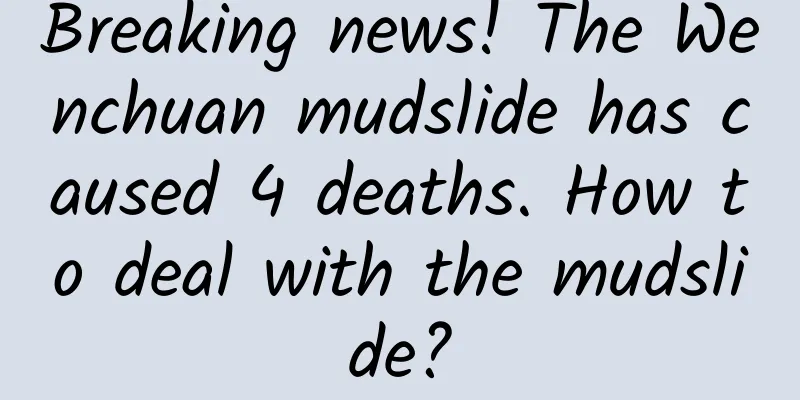What are the functions and effects of Banzhilian?

|
Scutellaria barbata is currently a Chinese patent medicine and is generally used by many medical professionals. The main function of Scutellaria barbata is that it can effectively inhibit the onset of brain tumors, including Ehrlich ascites carcinoma, which can also be inhibited by this Chinese medicine. In addition, it is widely used for many cancer patients. It has played a good clinical effect on gastric cancer, helping to inhibit fungi, relieve cough and phlegm, and regulate the spleen and stomach. 1. Pharmacological effects of Scutellaria barbata This product contains bioalkaloids, flavonoids, steroids, phenols, tannins, etc. The barbata flavonoids it contains are 2,5-dihydroxy-6,7,8-trimethoxyflavone. In addition, there are two other flavonoids, hanhuangsu (5,7-dihydroxy-8-methoxyflavone) and 5-hydroxy-7, 8-dimethoxyflavone. Animal experiments have confirmed that Scutellaria barbata has a certain inhibitory effect on sarcoma 180, Ehrlich ascites carcinoma, brain tumor 22, etc. When Japanese scholars screened the anti-tumor activity of 800 traditional Chinese medicines through in vitro experiments, they found that 88 of them had an inhibition rate of more than 90% on tumor cell proliferation. Among them, the inhibition rate of Scutellaria barbata on JTc-26 tumor cells in vitro reached 100%, while its inhibition rate on normal cells was only 50%. When observing the clinical anti-tumor efficacy of these Chinese medicines, it was found that even for advanced tumors that are refractory to treatment, they can improve symptoms, inhibit tumor proliferation and prolong patients' lives. The experiment also confirmed that using the methylene blue test tube method, half lotus has a mild inhibitory effect on acute myeloid leukemia cells; using the cell respiration method, the inhibition rate of acute myeloid leukemia cells is greater than 75%. Scutellaria barbata preparations also have a certain inhibitory effect on animal tumors such as W256.U14.S186.EAC and ESC [5]. In addition to its anti-cancer effect, this product also has an inhibitory effect on It has multiple pharmacological effects such as bactericidal, diuretic, antitussive, and antiasthmatic. 2. Application of Scutellaria barbata in clinical treatment of cancer Scutellaria barbata is widely used in the clinical treatment of cancer. It is often used in combination with Hedyotis diffusa, Lobelia chinensis, etc. to form a compound prescription for the treatment of various tumors, and there are many clinical reports on this. a. Gastric cancer It has been reported that Sanbao Gongdedan, a compound pill made with Scutellaria barbata, Hedyotis diffusa, etc., was used to treat 182 cases of middle and late stage gastric cancer. Take 10g orally 3 times a day, and drink it with 10g each of Radix Rehmanniae and Fructus Lycii decocted in water. Patients take the medicine for 1 month to 10 years. Results: 46 cases were basically cured (symptoms disappeared, cancerous changes disappeared in gastroscopy examination, and survival lasted for more than 3 years), 52 cases were significantly effective, 45 cases were improved, and 39 cases were ineffective. |
<<: What are the effects and functions of deer bite grass?
>>: The efficacy, function and eating method of bergamot fruit
Recommend
The efficacy and function of Patrinia angustifolia
Chinese medicine has different effects on our bod...
CleverTap: Women account for 54% of e-commerce app usage in India
CleverTap's survey reveals opportunities in t...
The efficacy and function of a piece of silk
In daily life, people are not only very familiar ...
Can holding a washbasin prevent motion sickness? The real secret to preventing motion sickness during the Spring Festival travel rush is...
This year's Spring Festival travel season wil...
Geckos' superpower of "regenerating severed limbs" inspires human "regenerative medicine"
Do you still remember the little gecko who lost h...
The benefits of drinking rose wolfberry water
Many people think that eating roses regularly can...
What are the medicinal values of willow twigs?
Willow trees are now a very common tree species i...
A "new chapter" for China's railways! my country's first unmanned heavy-haul train test was successful
Author: Shi Xiangqi and Li Chuanfu On September 2...
The efficacy and function of shrimp shells
Many people are not very clear about shrimp shell...
Tea Science | Why do young people love drinking tea?
Oh my God, is there any way out for young people ...
Is it good to drink angelica and wolfberry soaked in water?
Nowadays, many people pay attention to health pre...
What are the effects and functions of wild purple Ganoderma lucidum?
Ganoderma lucidum is a relatively precious health...
What are the effects of snake venom serum
People who may have been bitten by venomous snake...
Hidden words in the "blind watermark"? This is not the best way to hide information...
In 2007, the rock band Nine Inch Nails released t...









